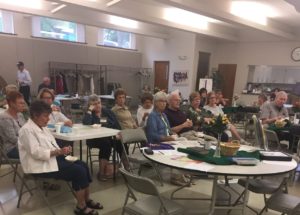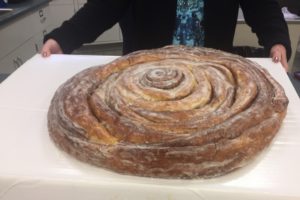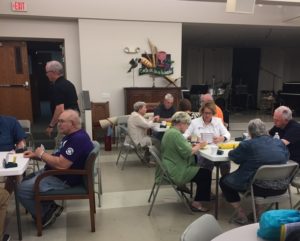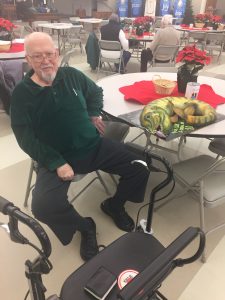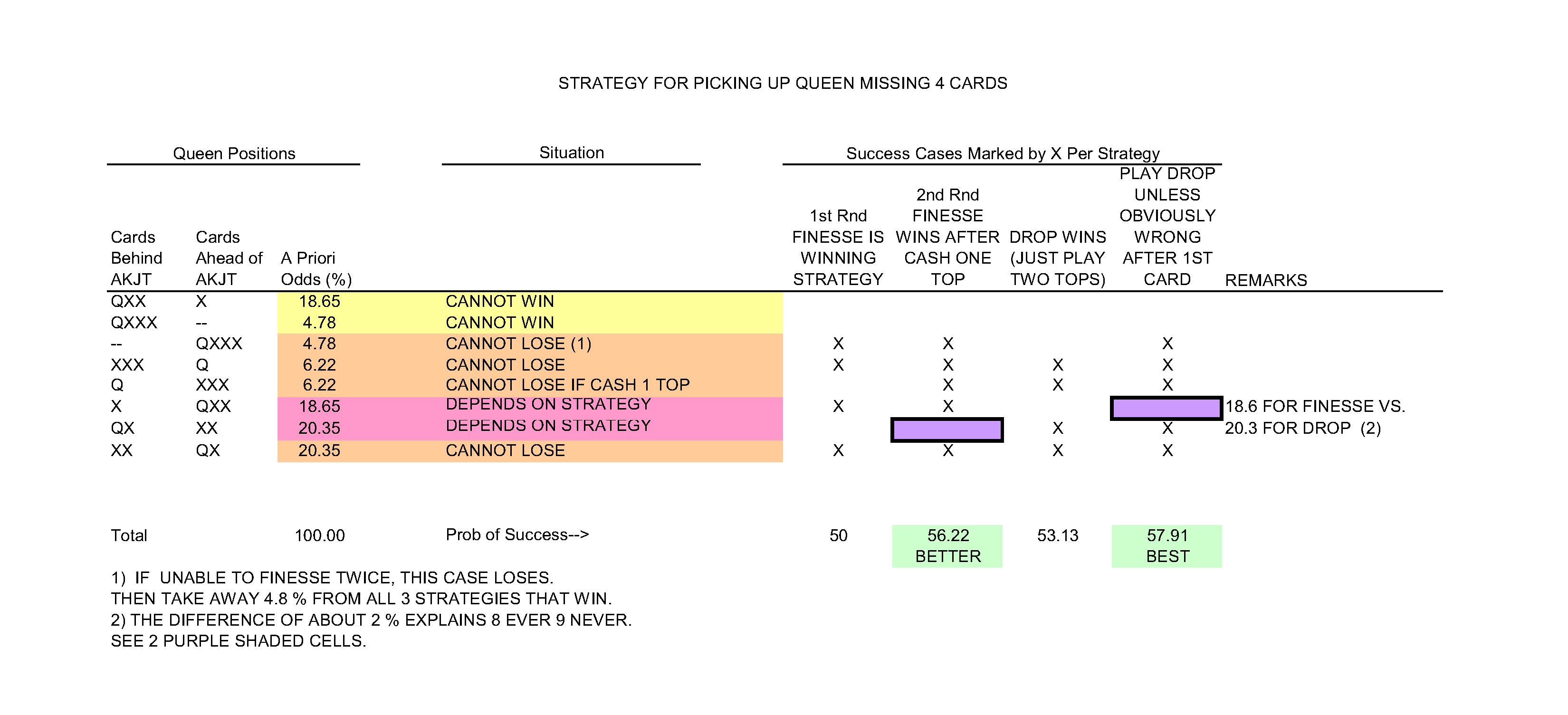Often it is necessary to combine the probabilities of multiple events. For example, holding AKQT, missing six cards, you would like to know the chance of making four tricks. You hope to drop the jack in three rounds, but you finesse when obvious. The latter succeeds if you drop the jack on the first two rounds (doubleton or singleton) or if the opponent behind the QT ( the RHO) shows out on the first or second round. You have
| Situation |
Combinations* |
Individual Probability** |
Situation Probability |
| RHO void |
1 |
.0075 |
.0075 |
| RHO any singleton |
6 |
.0121 |
.0726 |
| LHO Jack Singleton |
1 |
.0121 |
.0121 |
| Jack Doubleton |
10 |
.0162 |
.162 |
| 3-3 split |
|
|
.3553 |
| Total |
|
|
0.609 (or 61%) |
Note that all the cases considered are “mutually exclusive,” meaning they cannot occur at the same time. Their probabilities simply are added to form the combined probability of one or more of them happening. If ”LHO jack singleton” had simply been “jack singleton”, the case of jack singleton on the right would have been counted twice, erroneously, via “RHO any singleton.“ This illustrates one technique for combining cases: Define the cases so that they are mutually exclusive and then add the probabilities.
This doesn’t work if the events being combined can occur together. The simplest such situation is that the events are “independent.” This means they don’t affect each other at all, which, though seldom perfectly true, is good enough in many cases. For independent events, the probability that they both occur at the same time is just the product of their probabilities. If you want the probability that at least one of the events occurs, you can’t just add the probabilities.
When you consider two independent events and you want the probability of having either or both to occur, their “union,” it goes like this:
P(either A or B) = P(A) + P(B) – P(A and B together), or, only for independent events,
P(either A or B) = P(A) + P(B) – { P(A ) X P(B) }
This can be restated for convenience as:
P(either A or B) = P(A) + P(B) X {1-P(A)} , or else
P(either A or B) = P(B) + P(A) X {1-P(B)}.
Example 1 : You make your contract if a 50% finesse succeeds or if a different suit splits 3-3 at 36%. Your chance of success is
P (success)= .36 + .5 X .64 = .68 . (alternatively, .5 +.36 X .5 =.68)
Using approximation rules for suit splits, you would obtain
P (success)= 1/3 + ½ of 2/3 = 2/3 or .67 . (alternatively, ½ + 1/3 X ½ = 2/3)
You cascade three independent events in the same way. Once you get P( A or B) you treat that combination as one event and combine it with a new event “C” using
P( any of A or B or C) = P(either A or B) + P( C ) * {1 – P(either A or B)}.
This recursive procedure continues when you have additional events to combine.
Example 2: You make your contract if 50% finesse succeeds or if either of two other suits splits 3-3 at 36%.*** The first two events were combined as P(either A or B) in example 1. You now incorporate the additional chance of success as
P (success)=.68 {from Example 1} + .36 * .32 = .8 (approximately) .
If using approximation rules for suit splits, you would have
P (success)=2/3 {from Example 1} + 1/3 * {1 -2/3} = 7/9 = .78
To recap: you combine the first two cases using P(A or B) = P(A) + P(B) X (1- P(A)) . Then you take that result and combine with the next by the same rule. And so on.
Example 3: Maybe you need either of two suits to split 3-2. Your approximate odds would be
P (success)=2/3 + 2/3 X 1/3 = 8/9 = .89.
An easier way to do this, is to compute the odds of Failure and then subtract from 1 to find odds of Success. That is because a Failure is often an intersection (“A and B” instead of “A or B”) of independent events, and its probability is, therefore, just the product of the odds.
From Example 1: Failure = ½ X 2/3 = 1/3. P (success)= 2/3.
From Example 2: Failure = ½ X 2/3 X 2/3 =2/9. P (success)= 7/9 = .78.
From Example 3: Failure = 1/3 X 1/3 = 1/9. P (success)=8/9 = .89.
One reason for starting this article with the harder method is to clarify that you cannot just add probabilities for events that might occur together. The Kelsey book, Bridge Odds for Practical Players approaches the matter similarly.
You are unlikely to calculate complicated cases at the table, but you can apply the methods to bridge problems and puzzles, especially in studying card combinations. At the table you often can estimate the chances of successive failures and subtract from one.
Footnotes
*”Combinations” refers to the number of ways you can form the given holding. You can usually just figure it out without any formulas. “Jx” from 6 cards, for example, is 10 combinations because there are 5 spot cards you can swap in and two sides where you can place the doubleton. Or look at it from the other side, where there are 4 x’s. One of the 5 x’s is on the other side, and there are 5 ways to do it. Consider another case, one-sided QJx — xx from 5 cards. This offers 3 combinations, swapping x’s.
**For “individual probabilities” see Basic Bridge Odds or Wikipedia .
***You may begin to suspect that splitting of one suit, or not, has a bearing on the odds of whether another suit will split, but you forge ahead on the assumption that the effect is small.



